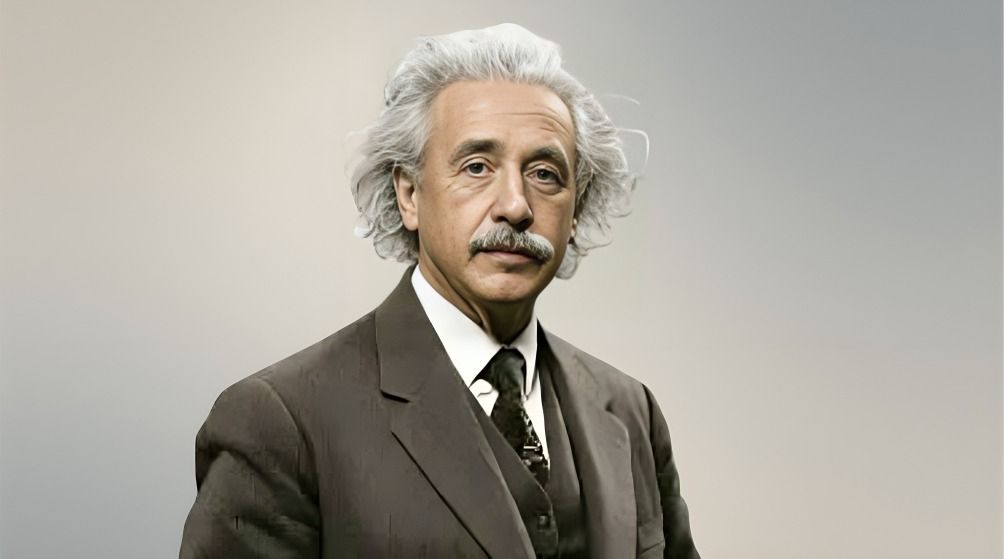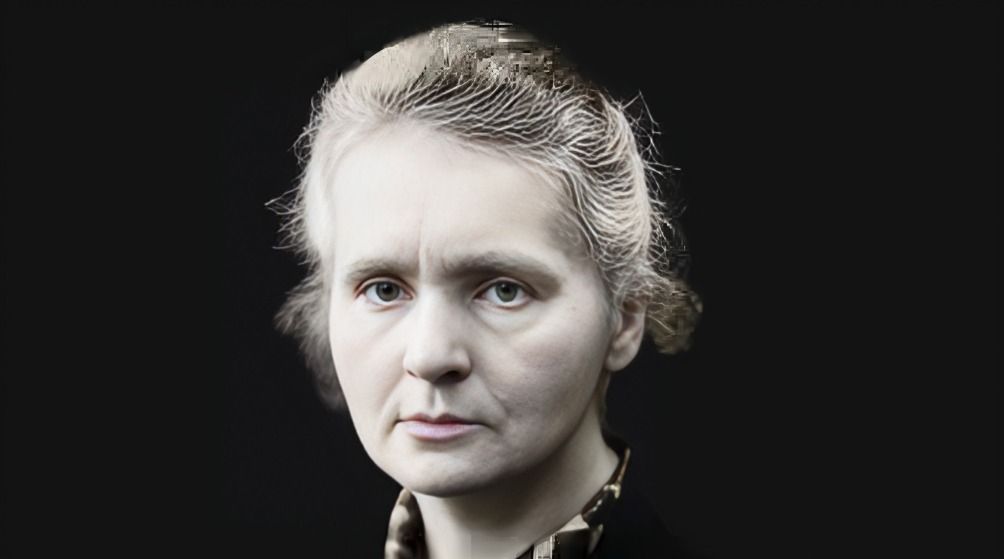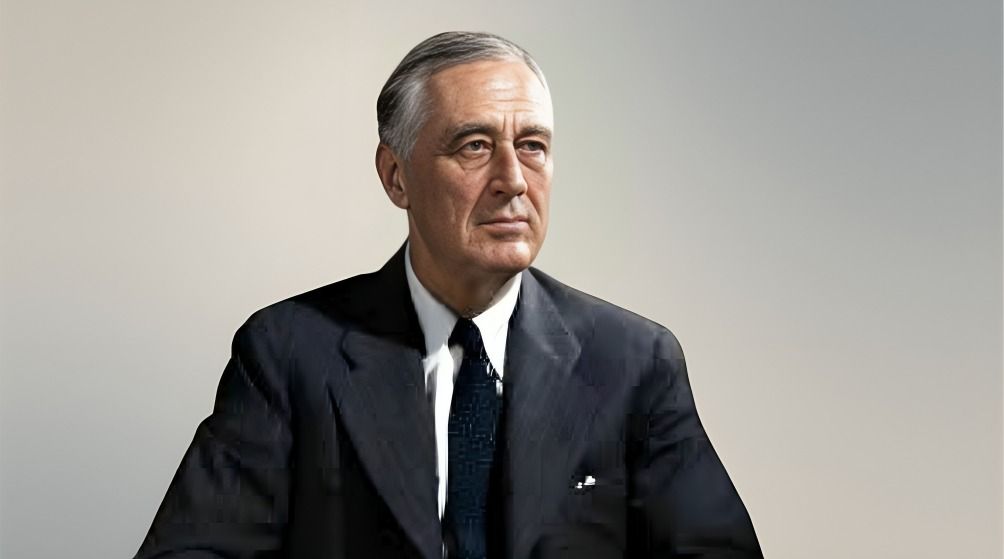
“
Franklin D. Roosevelt, often referred to as FDR, was a central figure in American history, serving as the U.S. President for an unprecedented four terms. He guided the country through some of its toughest challenges, including the Great Depression and World War II. Known for his New Deal policies and inspiring leadership, Roosevelt's impact extended far beyond his presidency, leaving a legacy of resilience and reform. This blog presents 20 amazing facts about Franklin D. Roosevelt, highlighting his personal struggles, political achievements, and the innovative programs that transformed America. These facts provide insight into the man whose leadership reshaped the United States during critical moments in the 20th century.1
”
Franklin D. Roosevelt, known as FDR, led the U.S. through the Great Depression and World War II. He made history as the only president elected four times, serving an unprecedented 12 years in office during critical times.1
At just 39, Roosevelt was diagnosed with polio, which left him paralyzed from the waist down. Despite this, he maintained a strong public image, using braces and a wheelchair while concealing his condition from most Americans.2
In 1933, before his presidency officially began, Roosevelt survived an assassination attempt when a gunman missed him but fatally wounded Chicago’s mayor. This close call made national headlines and shook the nation.3
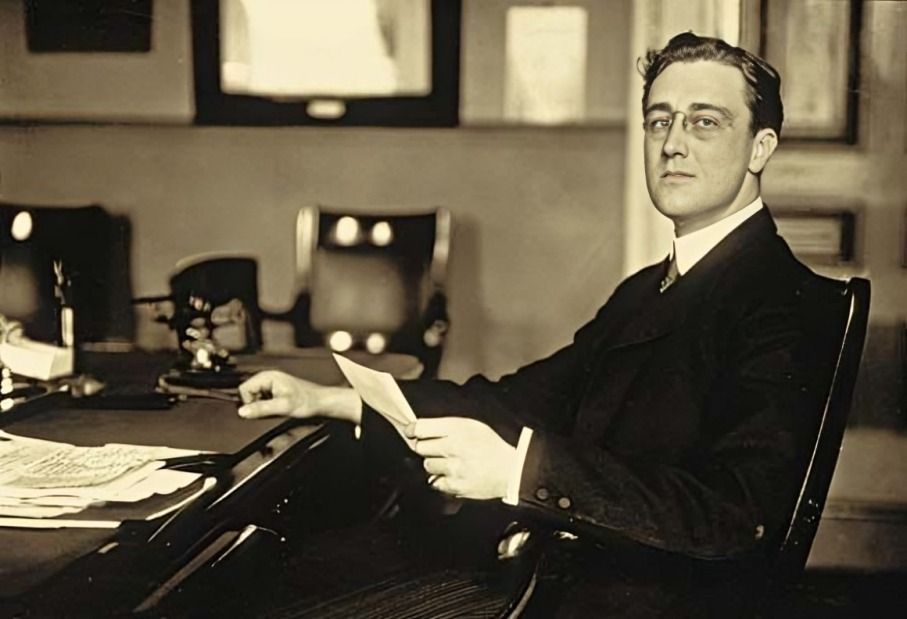
FDR was an avid reader of mystery novels and detective stories. He had an impressive collection and used these tales as a means to unwind during the most stressful moments of his presidency.
Committed to conservation, Roosevelt established the Civilian Conservation Corps, which employed thousands of young men. They planted trees, fought soil erosion, and built over 800 state parks across America.4
FDR’s dog, Fala, a Scottish Terrier, became a beloved figure. The dog traveled with him on official trips and had so much fame that he even had a dedicated press secretary.5
Roosevelt revolutionized communication with his “Fireside Chats,” a series of radio broadcasts. In these talks, he spoke directly to Americans, easing fears during the Great Depression and guiding them through World War II.6
One of FDR's early acts as president was legalizing beer, leading to the end of Prohibition. This move boosted public morale during the economic hardship of the Great Depression and was widely celebrated.7
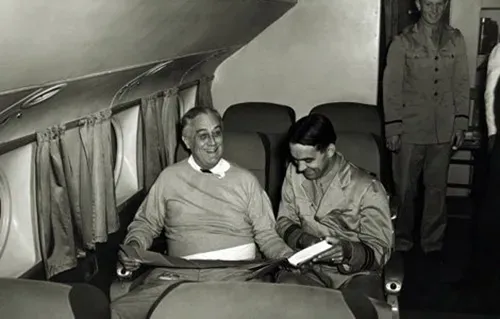
In 1943, Roosevelt became the first sitting U.S. president to fly, journeying to Casablanca to meet with Churchill. This historic flight paved the way for future presidential air travel diplomacy.
FDR’s face appears on the U.S. dime to honor his work with the March of Dimes charity. This organization raised funds to combat polio, the illness that had deeply affected him personally.8
Although he came from a wealthy background, Roosevelt earned the title “the people’s president” for his empathy and connection with ordinary Americans. His radio broadcasts were seen as warm and approachable.9
Roosevelt played a key role in creating the United Nations, believing in global cooperation after the war. His vision laid the foundation for the major international organization dedicated to peace.10
FDR secretly launched the Manhattan Project, leading to the atomic bomb's development. However, he died before seeing its impact or the end of World War II, leaving a profound legacy behind.11
Roosevelt loved sailing, spending many afternoons on the Hudson River at his family estate in Hyde Park. This passion for the outdoors gave him a break from the intense pressures of leadership.12
FDR's leadership style expanded federal government power significantly, a decision that sparked debate. While critics accused him of acting like a “dictator,” he felt it was necessary to save the U.S. economy.13
One of Roosevelt’s quieter hobbies was stamp collecting. This activity provided him comfort, and he eventually built one of the world’s largest stamp collections during his lifetime.14
His partnership with Winston Churchill was crucial in securing an Allied victory during World War II. Their strong friendship, built through 1,700 letters, shaped major war strategies. 15
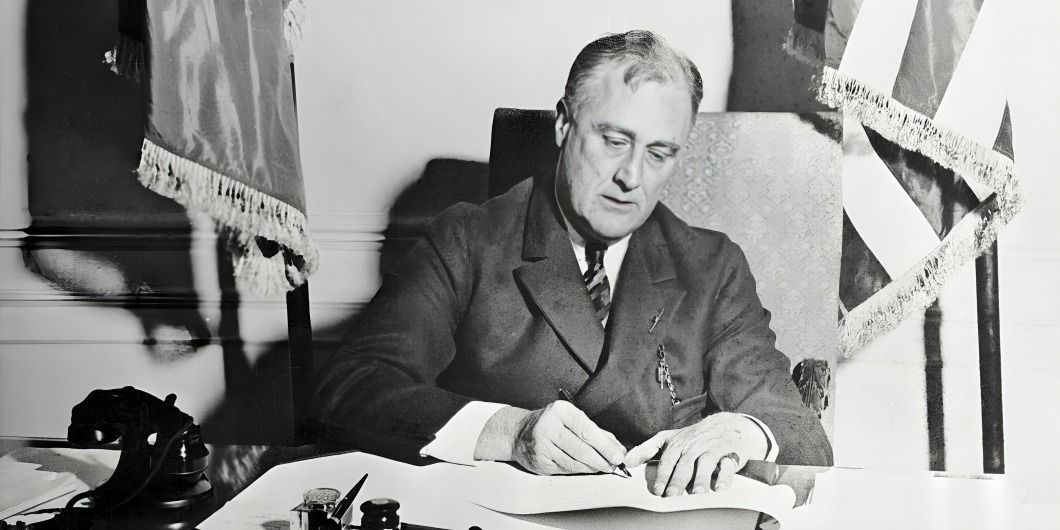
The New Deal, introduced by FDR during the Great Depression, drastically reshaped the American economy. These policies created jobs and built public works, leaving a lasting mark on U.S. infrastructure.
Roosevelt’s decision to intern Japanese Americans during World War II remains one of his most controversial actions. Historians continue to debate the ethics and consequences of this wartime decision.16
The 1935 Social Security Act, signed by FDR, established a financial safety net for elderly Americans. This groundbreaking legislation continues to influence the U.S. welfare system decades later.17

